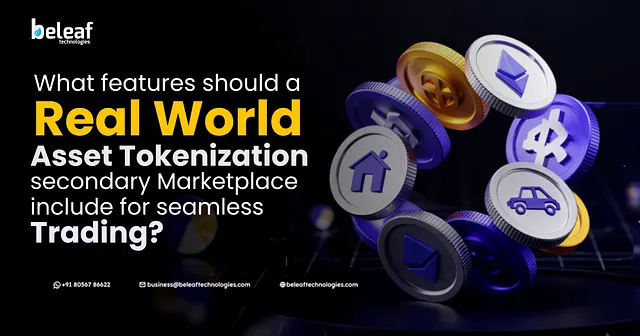Crypto ETFs break week-long outflow streak with $1.1B rebound
Bitcoin and Ethereum exchange-traded funds (ETFs) staged a sharp rebound in the latest trading session. These crypto ETFs managed to pull in nearly $1.1 billion in combined inflows, snapping a week-long stretch of weakness that added to the selling pressure.
The global digital asset market is still flooded with mixed sentiments as Bitcoin price jumped to trade above $114,000 level from $112,000 zone in the last 24 hours.
Meanwhile, it dipped back to $112,000 a few hours ago. The Fear and Greed index is flashing “Neutral” sentiments among the traders. Still, analysts flagged $115,000 as the key resistance level that must be cleared to confirm a broader breakout.
Bitcoin ETFs pull in $522M
Data shows that Ethereum products led the surge with $547 million of net inflows. It ended five straight days of sell-off. Fidelity’s FETH drew the largest share at $202 million, followed by BlackRock’s ETHA with $154 million. Grayscale’s ETHE, Bitwise’s ETHW, and VanEck’s ETHV also posted solid inflows. However, overall trading volumes slipped to $1.89 billion, bringing total net assets to $27.5 billion.
Ethereum price has dropped by 7% over the past 30 days, but it is still up by 25% on a year-to-date (YTD) basis. ETH is trading at an average price of $4,155 at press time.
Bitcoin ETFs were not far behind as they pulled in $522 million of fresh money, according to SoSovalue data. They managed to reverse a two-day outflow streak. Fidelity’s FBTC once again stood out, accounting for $299 million of the total inflow. Grayscale’s GBTC brought in $27 million. BlackRock’s IBIT was the only fund to record net outflows.
The inflows came as Bitcoin bounced off $108,000 support to reclaim $113,000, climbing back above its 50-day moving average. Technical indicators offered mixed signals, and seasonality is also in play. October has historically been Bitcoin’s strongest month, with average gains of 27% since 2017.
Bitcoin price has jumped by more than 4% in the last 30 days. This is the same period where Ether lost its gains. BTC is trading at an average price of $113,024 at press time. Earlier, Cryptopolitan reported that Bitcoin buying pressure had returned to early 2024 levels.
Crypto AUM slides $20B
The sharp daily rebound contrasts with a tougher week for crypto investment products more broadly. Cryptopolitan reported $812 million of global outflows in the week through September 27. This cut industry assets under management to $221 billion from a record $241 billion the week prior.
Analysts tied the retreat to fading bets on US interest rate cuts and a softer Bitcoin price. With fresh ETF approvals pending, the coming weeks may prove pivotal.
“The next two weeks could be enormous for U.S. spot crypto ETFs,” said Nate Geraci, president of advisory firm The ETF Store. The Securities and Exchange Commission is expected to weigh in on several pending filings, potentially opening the door to new altcoin-linked products.
Claim your free seat in an exclusive crypto trading community - limited to 1,000 members.
You May Also Like

South Korea’s $657 Million Exit from Tesla Signals a Big Crypto Pivot

CME to launch Solana and XRP futures options on October 13, 2025
